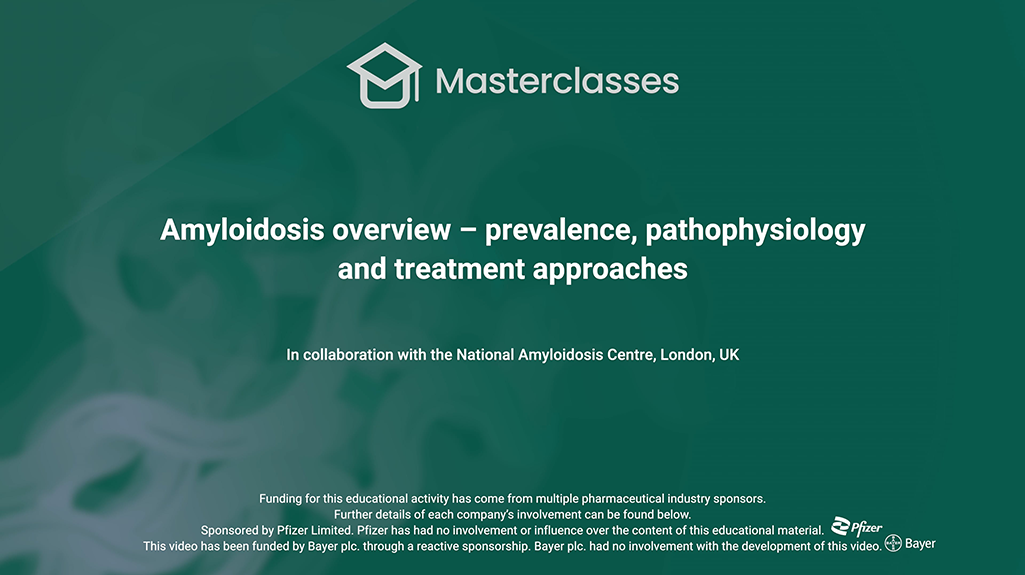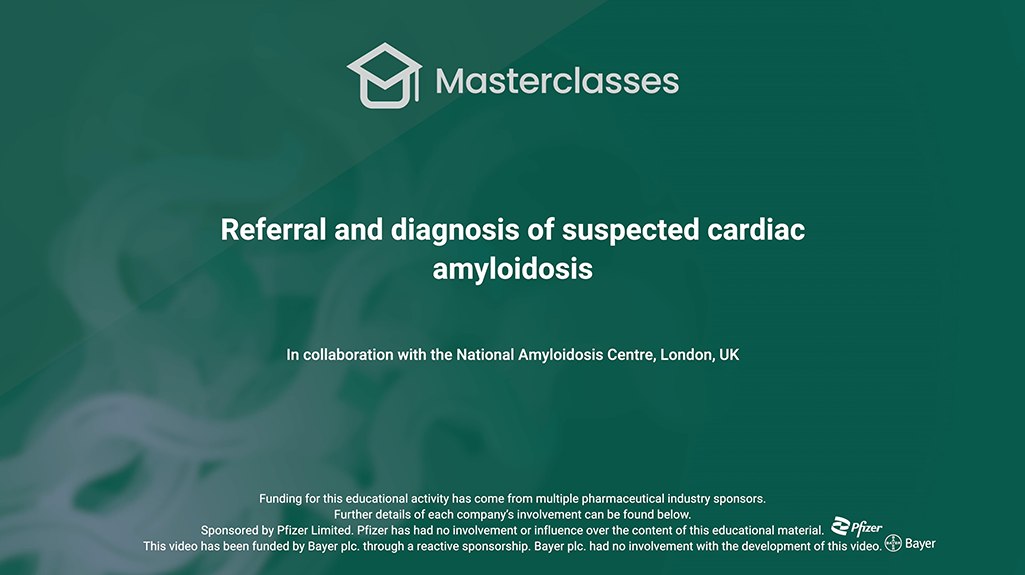Speakers
Professor Terry McCormack Professor of Primary Care Cardiovascular Medicine, Hull York Medical School
Dr Peter Green GP, High Parks Medical Practice, University of Kent
Learning objectives
- Understand the national guidelines for lipid management for primary and secondary prevention of CVD
- Understand the lipid targets for prevention of CVD
- Update knowledge on assessing cholesterol levels and understand why guidelines now include measurements for non-high-density lipoprotein cholesterol (non-HDL-C)
- Understand the national guidelines for CVD risk assessment and follow up
- Recognise the importance and use of smart open-access data tools CVDPREVENT and CVDACTION
Learning module instructions
This BJC TV Learning module has a recommended award of 1 CPD credit for completion (1 hour of learning). Completion requires a score of at least 80%. If less time is spent learning, then you should claim a reduced credit value. After you have successfully completed the test you will be able to download your certificate.
Quiz Summary
0 of 5 Questions completed
Questions:
Information
You have already completed the quiz before. Hence you can not start it again.
Quiz is loading…
You must sign in or sign up to start the quiz.
You must first complete the following:
Results
Results
0 of 5 Questions answered correctly
Your time:
Time has elapsed
You have reached 0 of 0 point(s), (0)
Earned Point(s): 0 of 0, (0)
0 Essay(s) Pending (Possible Point(s): 0)
Categories
- Not categorized 0%
- Review
- Answered
- Correct
- Incorrect
-
Question 1 of 5
1. Question
CorrectIncorrect -
Question 2 of 5
2. Question
CorrectIncorrect -
Question 3 of 5
3. Question
CorrectIncorrect -
Question 4 of 5
4. Question
CorrectIncorrect -
Question 5 of 5
5. Question
CorrectIncorrect
References
- NHS England. Summary of national guidance for lipid management for primary and secondary prevention of CVD. 2022. Available from: https://www.england.nhs.uk/aac/wp-content/uploads/sites/50/2020/04/lipid-management-pathway-v6.pdf (accessed April 2024)
- Cardiovascular disease: risk assessment and reduction, including lipid modification [NG238]. 2023. Available from: https://www.nice.org.uk/guidance/ng238/resources/cardiovascular-disease-risk-assessment-and-reduction-including-lipid-modification-pdf-66143902851781 (accessed April 2024)
- Reynolds TM et al. Vasc Health Risk Manag 2021;17:227–37
- Guo L-L et al. Front Cardiovasc Med 2021;8:649181
- Liu M-M et al. Ann Transl Med 2021;9:386
- UCLPartners Health Innovation. CVDACTION: Transforming the prevention of cardiovascular disease. Available from: https://uclpartners.com/our-priorities/cardiovascular/cvdaction-transforming-the-prevention-of-cardiovascular-disease/ (accessed April 2024)
- Ma H, Shieh K-J. Am J Sci 2006;2:46–50
- Nelson RH. Prim Care 2013;40:195–211
- Taskinen MR, Borén J. Atherosclerosis 2015;239:483–95
- Chiesa ST et al. Eur Heart J 2019;40:3559–66
- Reiss AB et al. Am J Kidney Dis 2015;66:1071–82








